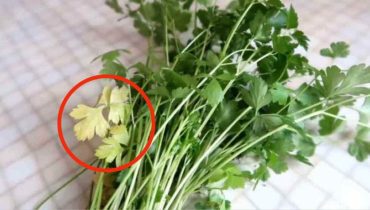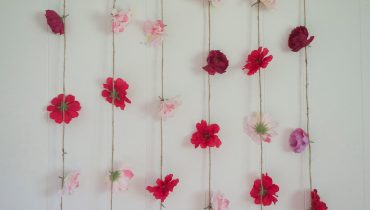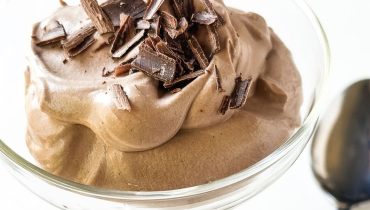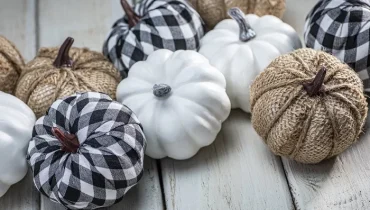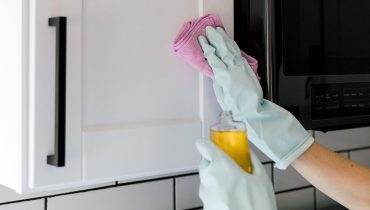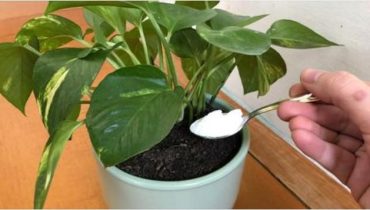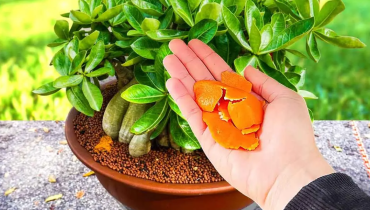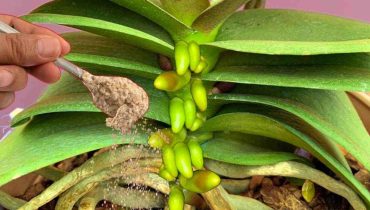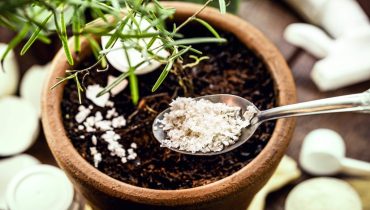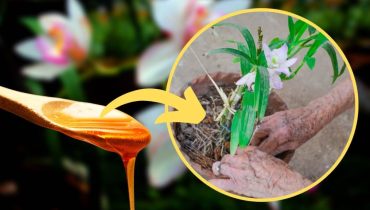Effective DIY Moisture Absorbers: Natural Solutions
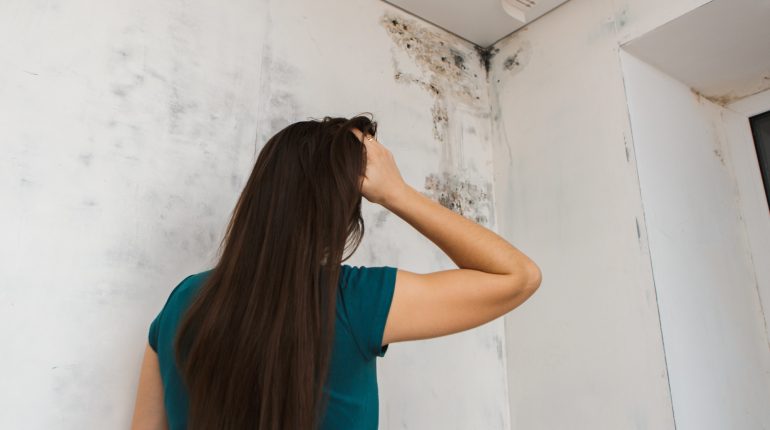
Posted September 20, 2023 by: Admin
To combat excess humidity in your home, you don’t always need to rely on commercial solutions. You can create your own natural moisture absorbers that are not only cost-effective but also eco-friendly. Here are some DIY techniques to help you tackle indoor humidity and create a healthier living environment.
Dealing with Indoor Humidity
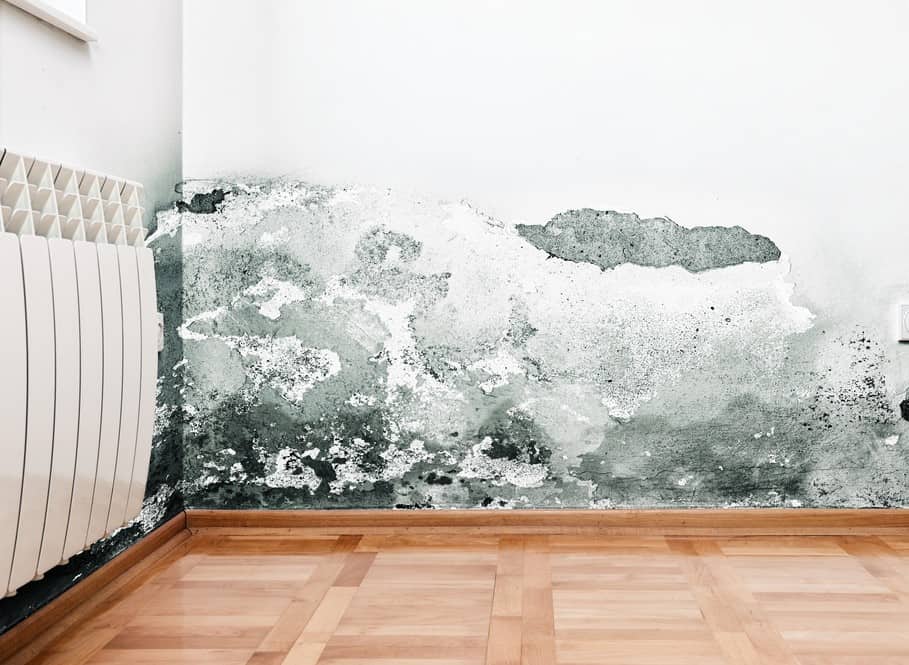
Excess humidity in your home can manifest temporarily, such as during cooking or showering, leading to condensation on windows and walls. However, persistent high humidity can cause discomfort, bad odors, and even mold growth. It’s crucial to identify and address the root causes of humidity issues, but in the meantime, you can try making your own moisture absorbers.
1. Charcoal Moisture Absorber
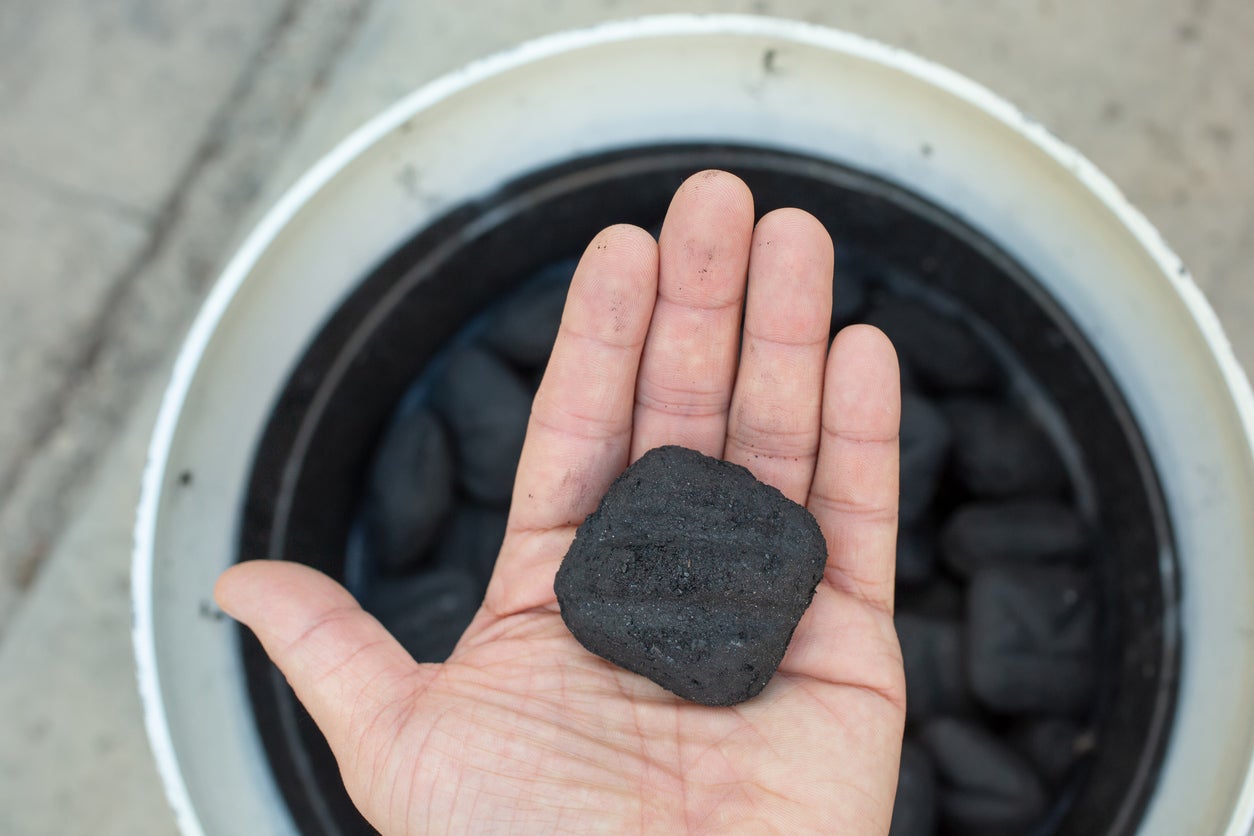
Activated charcoal is highly effective at absorbing moisture and odors. You can create a simple charcoal moisture absorber with the following steps:
- Take a plastic container with a lid.
- Use a sharp knife or box cutter to create small holes in the lid.
- Place activated charcoal (collected from a stove or purchased) inside the container.
- Close the container with the perforated lid and put it in the humid room.
- Replace the charcoal every 15 days to maintain its effectiveness.
2. Coarse Salt Moisture Absorber
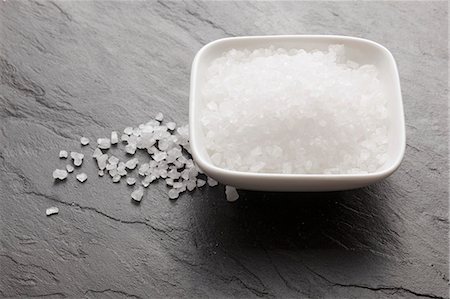
659-06187262
© Masterfile Royalty-Free
Model Release: No
Property Release: No
Sea salt in a bowl and on a slate surface
Coarse salt is another natural absorber of moisture. Here’s how you can make your own absorber:
- Cut a plastic water bottle into two parts, with the neck part being shorter.
- Replace the bottle cap with a cloth or sponge secured by a rubber band.
- Insert the upper part into the lower part, creating a funnel-like structure.
- Fill the upper part with coarse salt.
- Allow the salt to absorb moisture, and replace it when it turns black.
3. Calcium Chloride Moisture Absorber
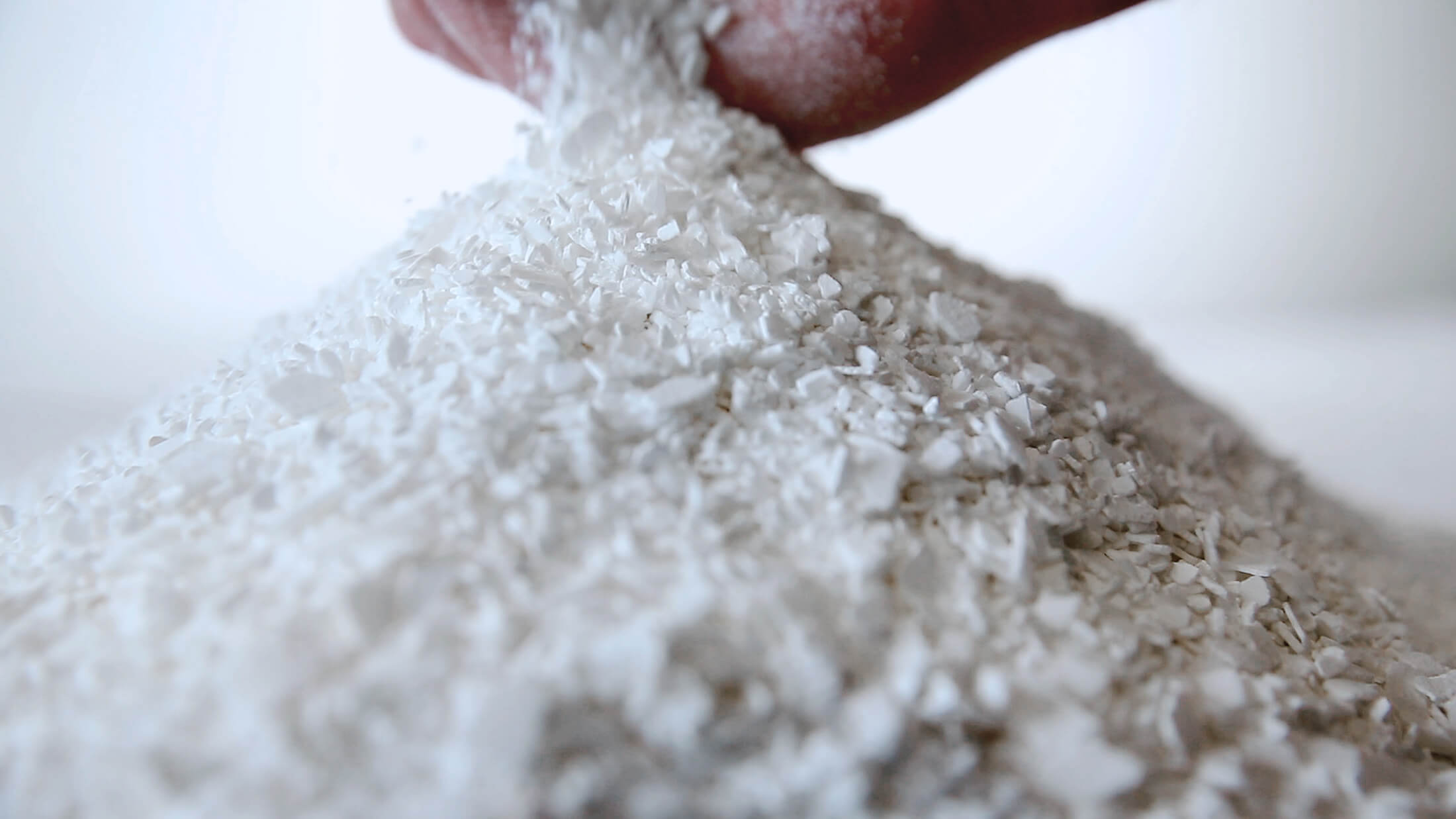
Calcium chloride is a highly hygroscopic salt that effectively absorbs moisture. You can create a simple dehumidifier with calcium chloride:
- Measure out 300 g of calcium chloride and place it in a sock.
- Tie the sock securely.
- Hang it over a container to collect the drained moisture.
- Empty the container regularly and replace the sock as needed.
4. Quicklime Moisture Absorber
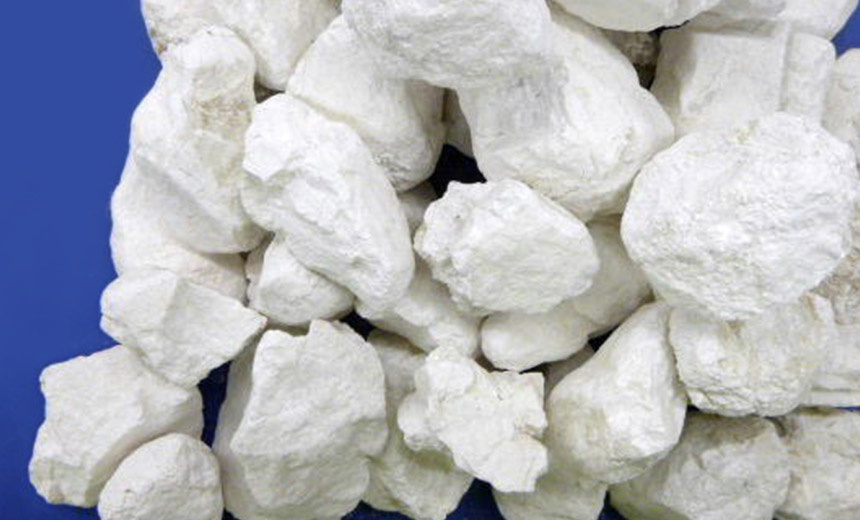
Quicklime can also be used to make a moisture absorber, especially suitable for larger rooms:
- Fill half a bucket with quicklime.
- Cover it with a lid that has holes drilled to allow moisture absorption.
- Place the bucket in the room, and it will help reduce humidity levels.
5. Clay Moisture Absorber
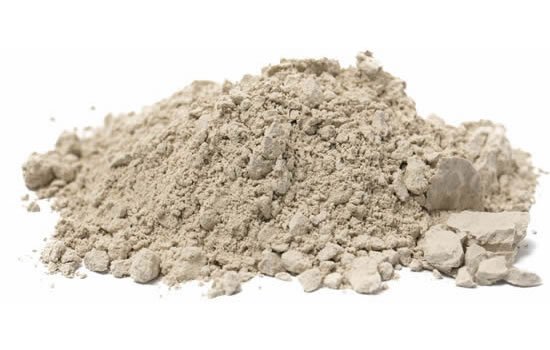
Natural clay is effective at absorbing excess humidity. You can create a clay moisture absorber with the following steps:
- Take a large 5-liter plastic jug (similar to those used for mineral water).
- Cut the jug into two unequal parts to create a funnel.
- Fill the top part with crushed natural clay and cover it with an old cotton cloth.
- As the clay absorbs moisture, it will drain into the bottom part of the jug.
- Regularly empty the water collected in the bottom part.
Additional Tips to Reduce Humidity
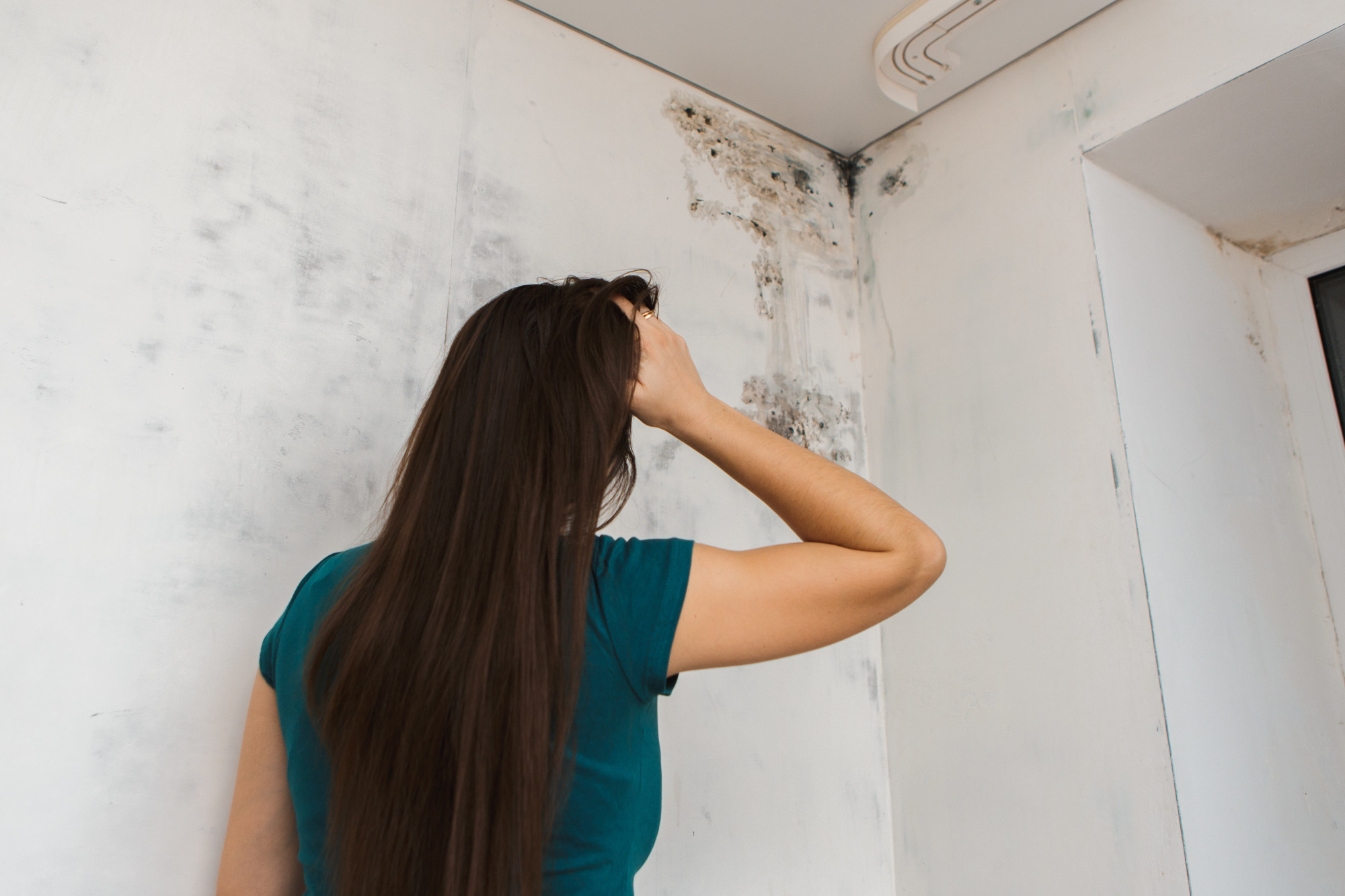
In addition to using moisture absorbers, you can adopt some daily habits to manage humidity in your home:
- Air out your home for 5 to 10 minutes each day.
- Ensure your ventilation system is functioning correctly, and clean or replace air grilles as needed.
- Use an extractor hood while cooking.
- If your bathroom lacks proper ventilation, consider alternative methods like the ones mentioned in our article on how to ventilate a bathroom without a VMC or window.
- After showering, open windows or use exhaust fans to ventilate the bathroom.
- Whenever possible, dry your laundry outdoors or ensure adequate room ventilation while drying indoors.
By implementing these DIY moisture absorbers and adopting good habits, you can effectively reduce excess humidity in your home and create a more comfortable living environment.

